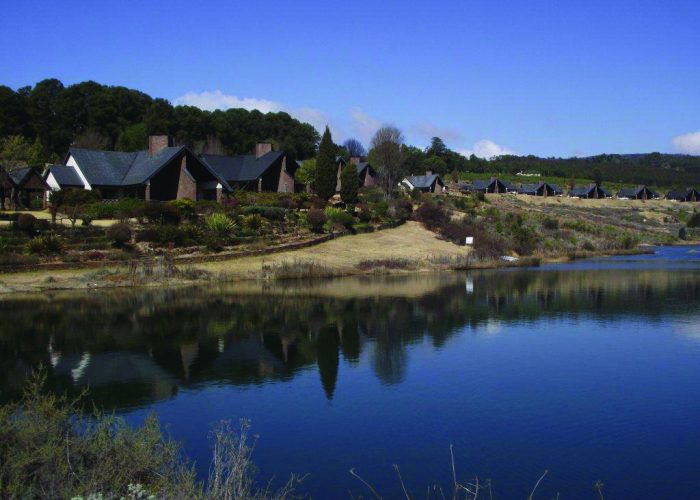


SOME 117 years ago Zimbabwe’s first colonialist, Cecil John Rhodes, after falling in love with one of the country’s most beautiful natural settings, the rolling mountains of Nyanga, wrote thus to his agent: “Dear McDonald, Inyanga is much finer than you described…..Before it is all gone, buy me quickly up to 100 000 acres (400 square kilometres), and be sure to take in the Pungwe Falls. I would like to try sheep and apple growing.”
More than a century after Rhodes annexed a huge chunk of this mystical part of eastern Zimbabwe, comprising three awe inspiring mountain ranges of Nyanga, Vumba and Chimanimani that form the country’s mystic Eastern Highlands esca-rpment, much has changed since then. Preserving the area’s charm is proving to be a daunting task.Rhodes’ 400-square-kilometre holiday retreat, now enclosed by the 472-square-kilometre Nyanga Nati-onal Park, is each year reduced to ashes by veld fires.
Many of its wild animals are also being slaughtered by poachers who hunt down species such as waterbuck, wildebeest, kudu, impala, sables and eland.
Nyanga National Park is part of the Zimbabwe National Parks and Wildlife Management (ZNPWMA)’s western region Parks Estates, which lost 513,3 square kilometres of flora due to veld fires last year alone.
In 2012, Zimbabwe recorded some of its worst veld fires that devoured 1 198 square kilometres of vegetation countrywide, a 43 percent increase on the previous year’s 836 square kilometres.
“Veld fires do not only cause loss of life and property, but are also a major driver of biodiversity loss and habitat changes,” points out the Mi-nister of Environment and Natural Resources, Francis Nhema.
“A loss in biodiversity is associated with a loss of habitat and alteration of ecosystems like clean air, fresh water as well as ecological activities such as pollination, seed dispersal, greenhouse gas migration and decomposition of waste.”
Despite heightened global awa-reness, human actions continue to threaten the existence of the globe’s flora and fauna.
And yet biological diversity or biodiversity is the foundation of life on earth and is therefore crucial for the functioning of ecosystems that provide oxygen, food, fresh water, fertile soil, medicines, shelter, protection from storms and floods, stable climate and recreation.
The International Union for Conservation of Nature believes that human actions such as pollution, rapid urbanisation, deforestation, over exploitation of natural resources, desertification, habitat destruction and climate change have resulted in 10-30 percent of mammal, bird and amphibian species being threatened with extinction; while 75 percent of genetic diversity of agricultural crops has already been lost and 350 million people suffer from severe water scarcity, among a host of challenges.
While Nyanga National Park enjoys some protection from the ZNPWMA, the area outside the park is in a sorry state following the 2000 land scramble triggered by the country’s poorly planned fast-track land reform programme.
Broken down cattle fences of seemingly abandoned farms that once produced some of the country’s finest timber, fruits, vegetables, legumes and flowers are such a common sight that the heart bleeds.
The land inside and outside Nyanga National Park is now a pale shadow of its former glory after being ravaged by wild fires and suffering from years of neglect and disorderly timber harvesting.
Only a few places such as Troutbeck Inn, Montclair Hotel and a few farms in between still offer a rare view of what magical Nyanga used to provide.
The area’s natural attractions such as Mount Nyangani at 2 593 metres above sea level, Nyangombe Falls, Mutarazi Falls, Pungwe Gorge and Falls, Nyamuziwa Falls, Nya-ngwe and Chawomera Forts and the Trout Hatchery near Purdon Dam also remain a marvel despite the ravaged surrounding panorama.
Driving up and down the steep, meandering and once scenic roads one wonders if the many veins of rivers of Nyanga still have fresh water fish such as the famous Nyanga trout.